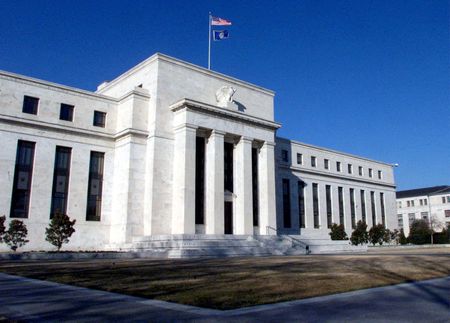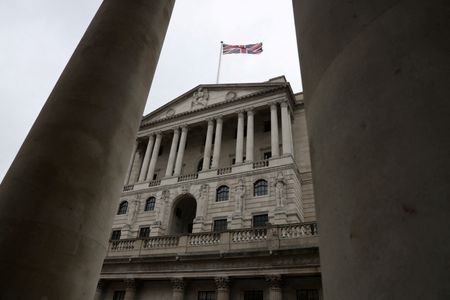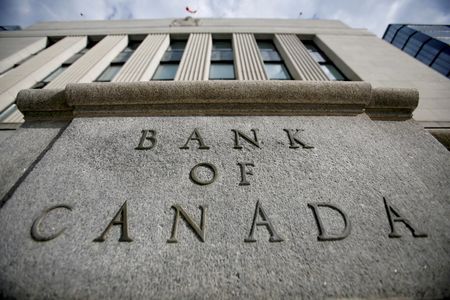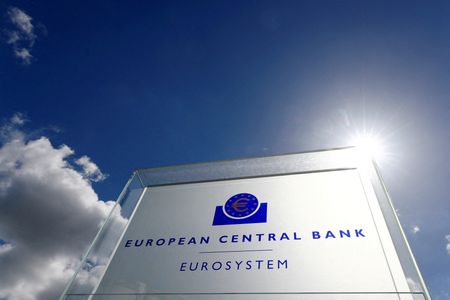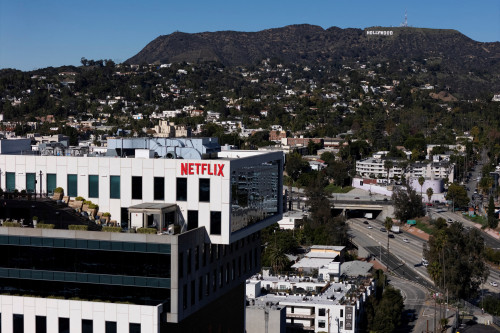LONDON (Reuters) – Major central banks are tentatively eyeing the end of aggressive interest rate hikes as price pressures finally show signs of abating.
Inflation remains high across the globe, but in some big economies has cooled faster than expected.
Upcoming decisions are on a knife-edge. Pausing too early could cause financial conditions to loosen too fast, re-igniting inflationary pressures. Stopping too late could trigger a credit crunch and a recession.
So far, nine developed economies have raised rates by a combined 3,865 basis points (bps) in this cycle. Japan is the holdout dove.
Here’s a look at where central banks stand, ranked in terms of how much they have hiked rates so far this cycle:
1) UNITED STATES
The Federal Reserve raised rates by 25 bps in July to a range of 5.25%-5.50%, in its 11th increase of its last 12 meetings.
Fed chair Jerome Powell left the door open to more hikes but the market was unconvinced, with money market pricing implying traders thought this was the last hike of this cycle.
2) NEW ZEALAND
Having raised its cash rate to a 14-year high of 5.5% in May, the Reserve Bank of New Zealand kept it there in July.
This may have marked the end of a 20-month hiking cycle, with economists polled by Reuters expecting the central bank to stay put for the rest of 2023.
3) BRITAIN
The Bank of England raised its key interest rate by 25 bps to a 15-year peak of 5.25% on Thursday, giving a new warning that rates were likely to stay high for some time as the knock-on effects from strong inflation may last longer than previously thought.
British inflation hit a 41-year high of 11.1% last year and has fallen more slowly than elsewhere, leaving it above other major economies. But in June it dropped more than expected to 7.9%, allowing the BoE room for Thursday’s smaller hike.
4) CANADA
The Bank of Canada last hiked rates by 25 bps to a 22-year high of 5% on July 12. Minutes of that meeting showed policymakers had discussed delaying the move, but decided they could not risk inflation rebounding.
Canada’s inflation rate fell to 2.8% in June. The BoC does not expect it to decline to its 2% target until mid-2025.
5) EURO ZONE
The European Central Bank (ECB) in July raised its deposit rate by 25 bps to 3.75%, its highest since 2000, but removed a clear hint of further hikes from its policy statement, suggesting another increase in September was not a given.
Euro zone inflation fell further in July, in a largely comforting sign for the ECB as it considers ending its steep run of interest rate hikes.
6) AUSTRALIA
The Reserve Bank of Australia (RBA) on Tuesday held interest rates at 4.1% for a second month saying past increases were working to cool demand, but warned more tightening might be needed to curb inflation.
At the meeting the RBA forecast headline inflation would slow to around 3.25% by the end of 2024 and return within its 2-3% target range by late 2025.
7) NORWAY
Norway’s core inflation hit another record of 7% in June, meaning the tightening cycle is not over yet.
The Norges Bank raised rates more than expected by 50 bps to a 15-year high of 3.75% in June and a further hike is expected when it meets next on Aug. 17.
8) SWEDEN
Sweden’s Riksbank is expected to keep raising rates, even with house prices down 20% since March 2022.
Inflation cooled to 6.4% in June, still far above its 2% target. Markets expect another 25 bps hike to 4% in September following a same-sized move in June.
9) SWITZERLAND
Swiss inflation continued falling to 1.6%, its lowest since early 2022, data on Thursday showed, putting it within the Swiss National Bank’s target range for a second month in a row as investors assess whether the bank will deliver another rate hike in September.
The SNB has nudged rates up to 1.75%, from minus 0.75% in June last year.
10) JAPAN
The Bank of Japan, the world’s most dovish major central bank, kept its interest rate target at -0.1% in July, but shook markets by making its yield curve control policy more flexible.
The central bank kept its implicit cap on the 10-year bond yield at 0.5% but said that would be a reference rather than a “rigid limit”, and signalled it would tolerate a rise up to 1%.
(Reporting by Nell Mackenzie, Alun John, Naomi Rovnick, Harry Robertson, Chiara Elisei and Dhara Ransighne; Graphics by Vincent Flasseur, Sumanta Sen and Pasit Kongkunakornkul and Riddhima Talwani; Compiled by Naomi Rovnick and Chiara Elisei; Editing by Tomasz Janowski and Toby Chopra)

